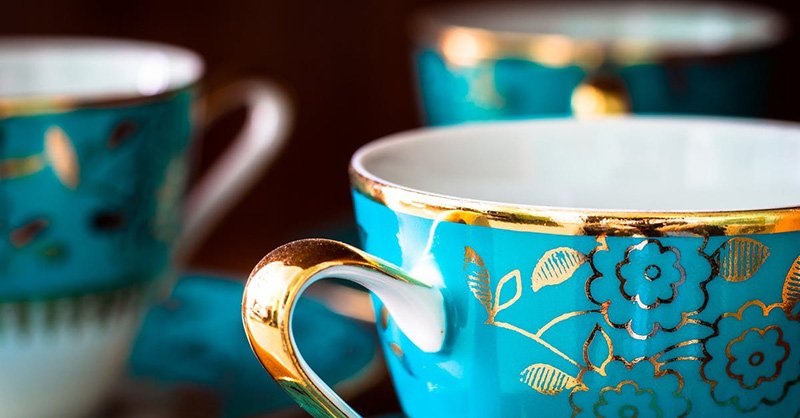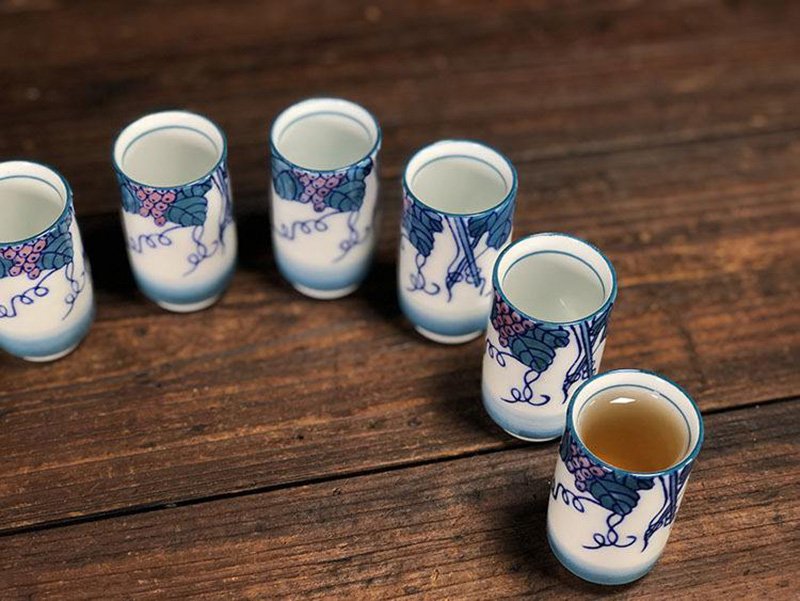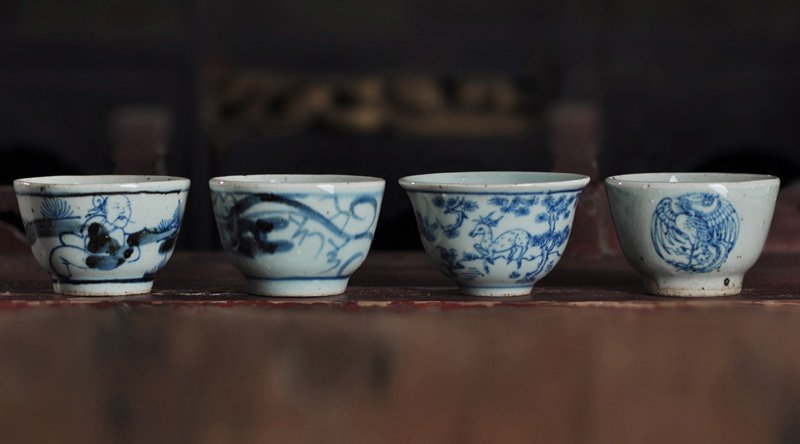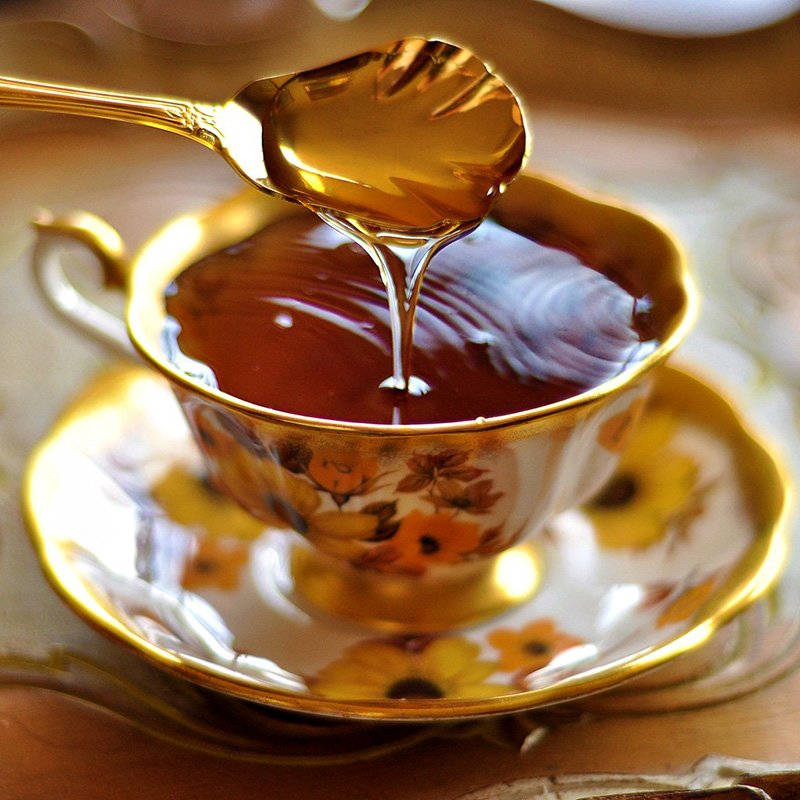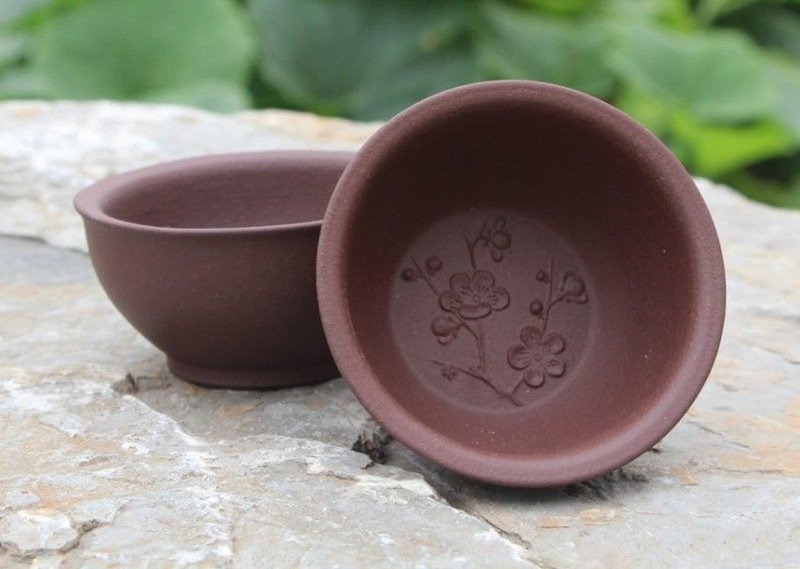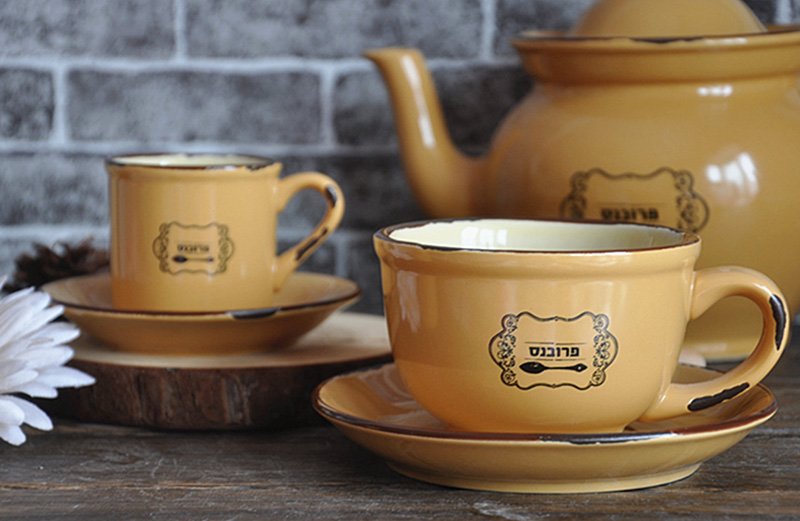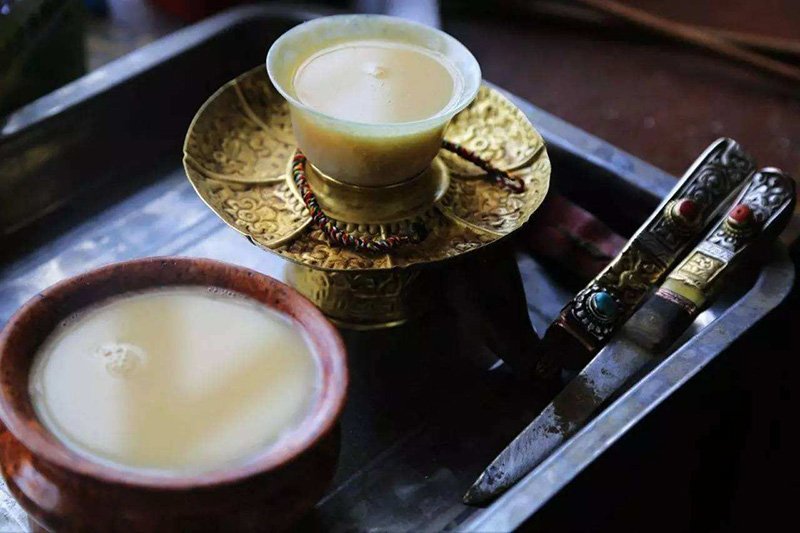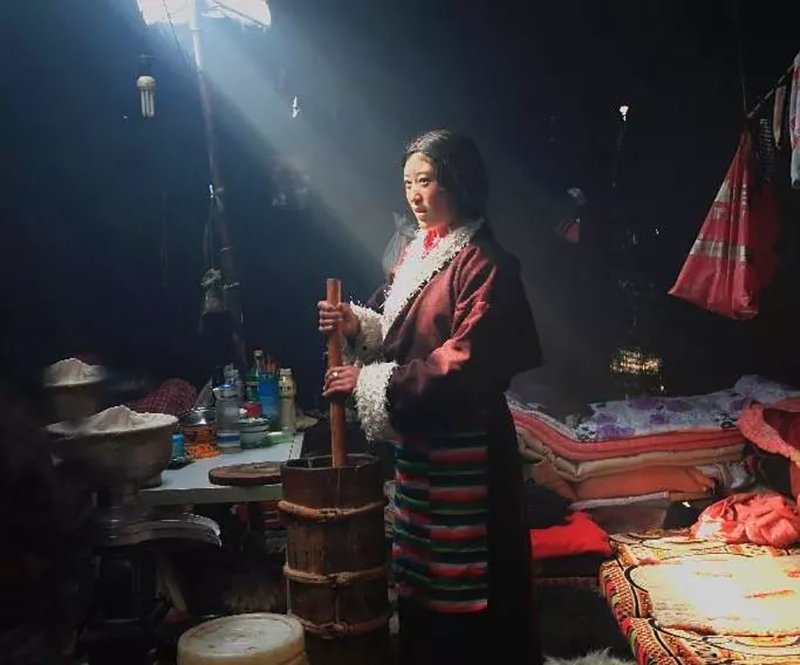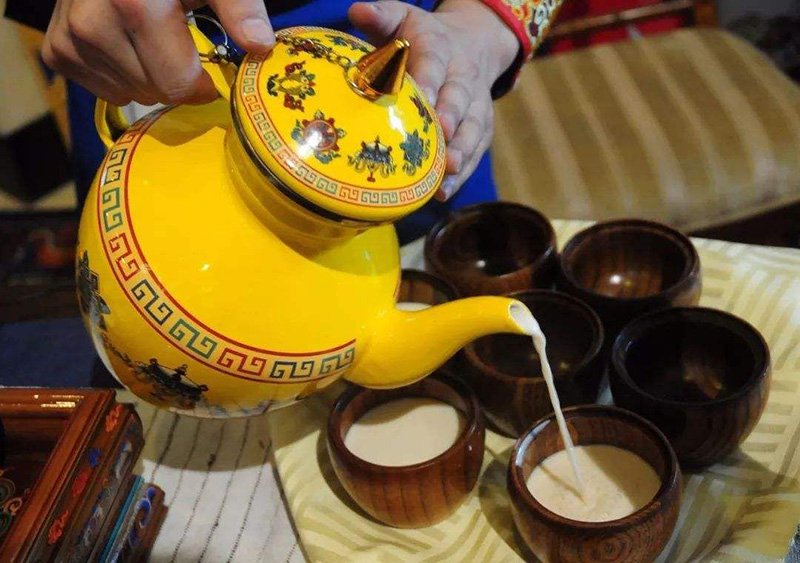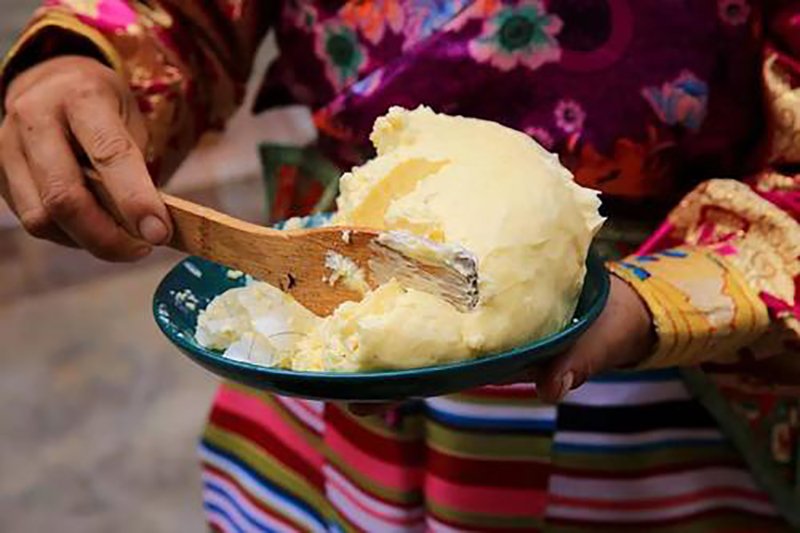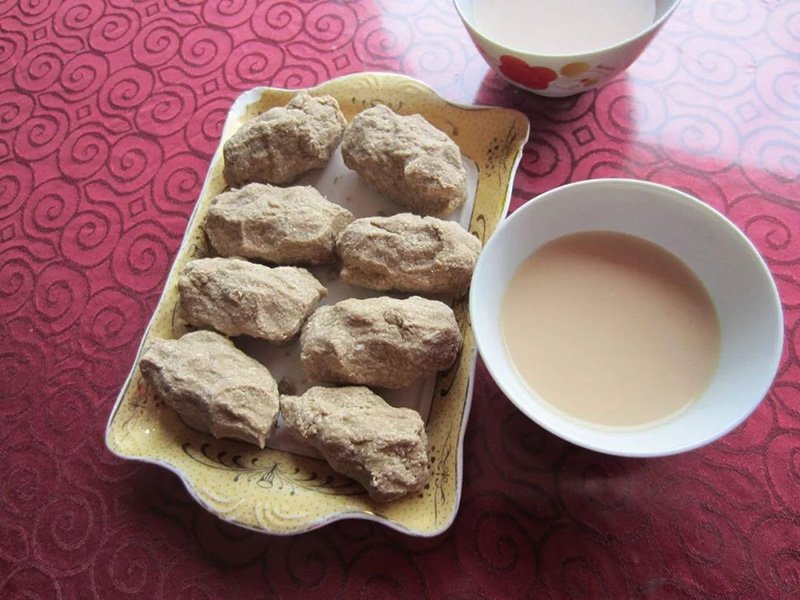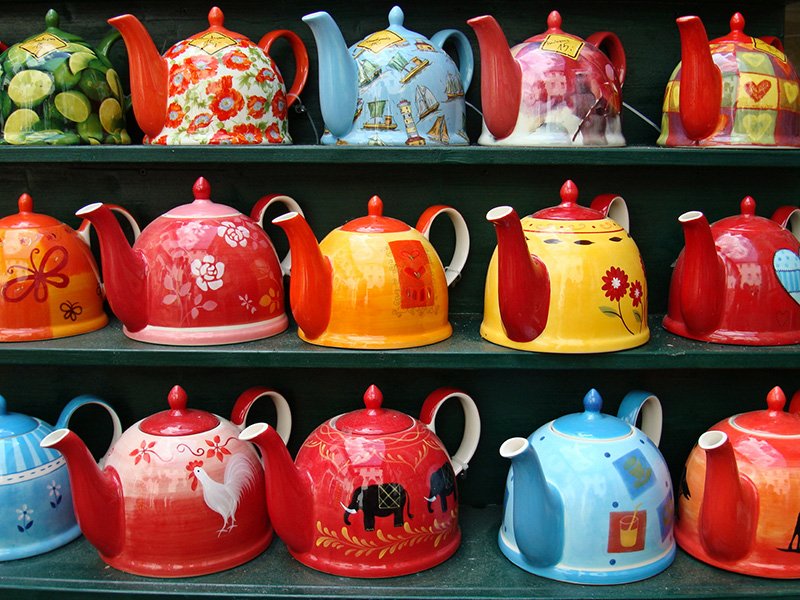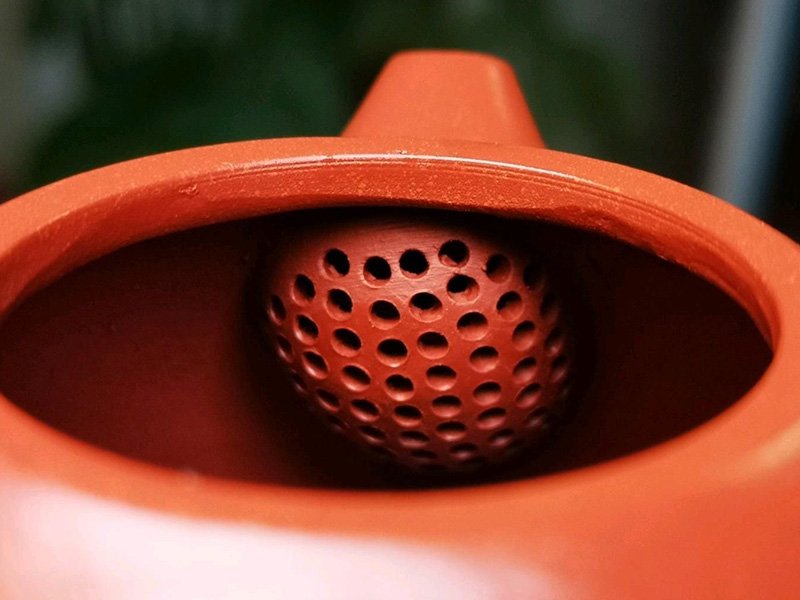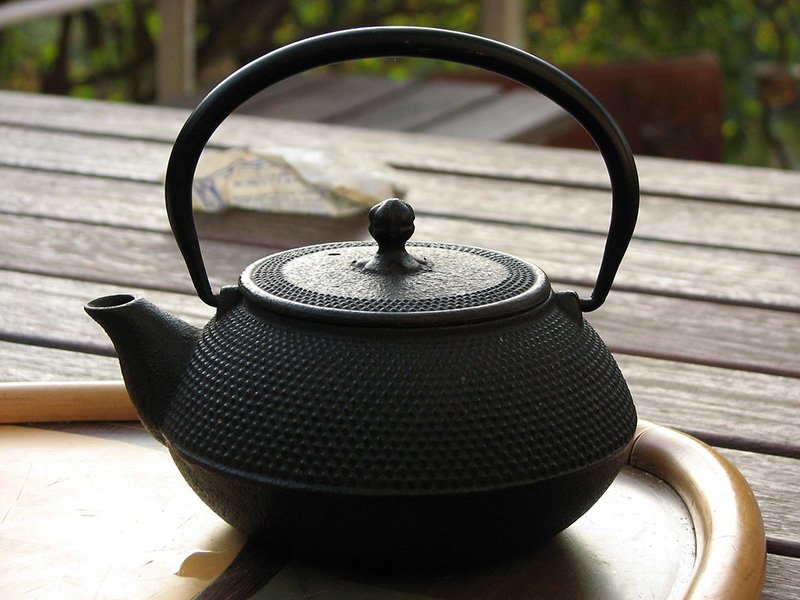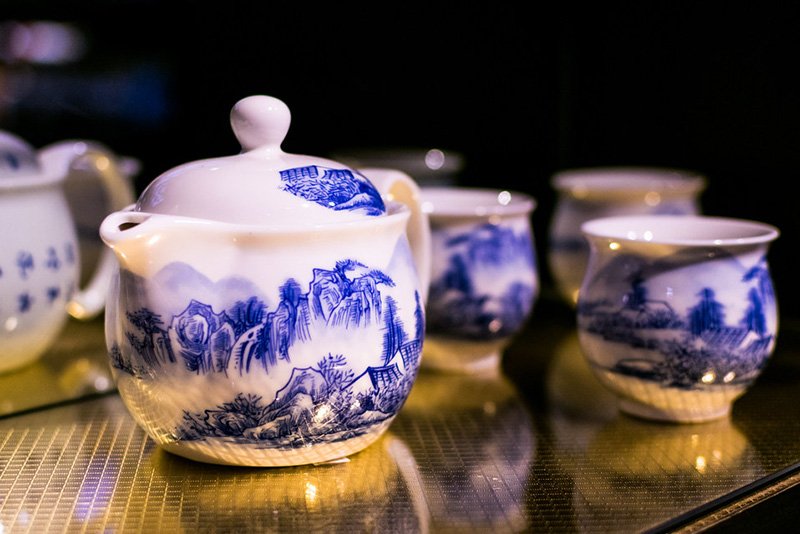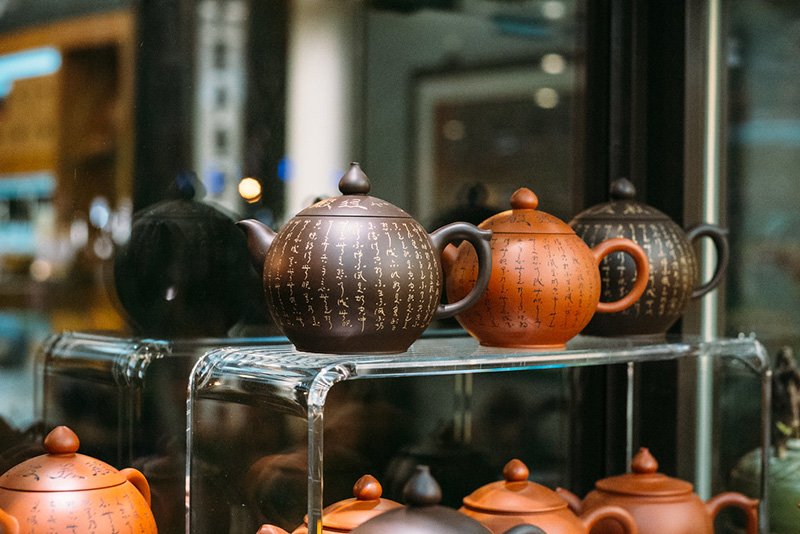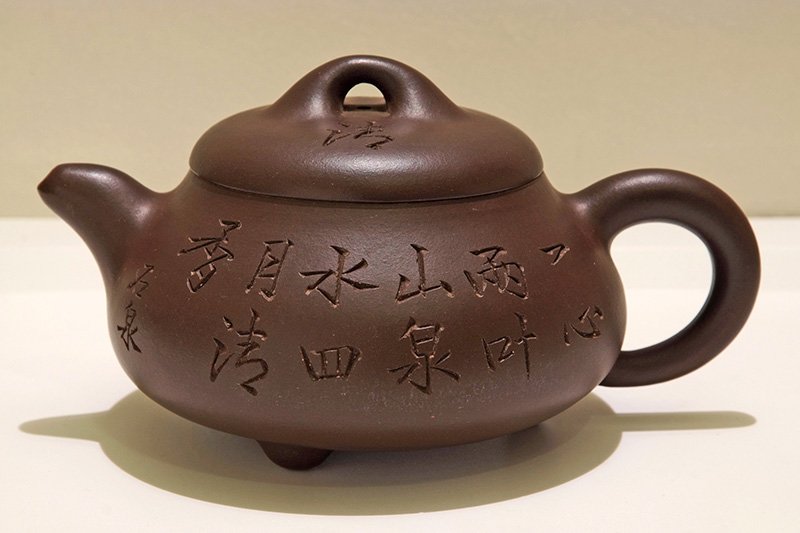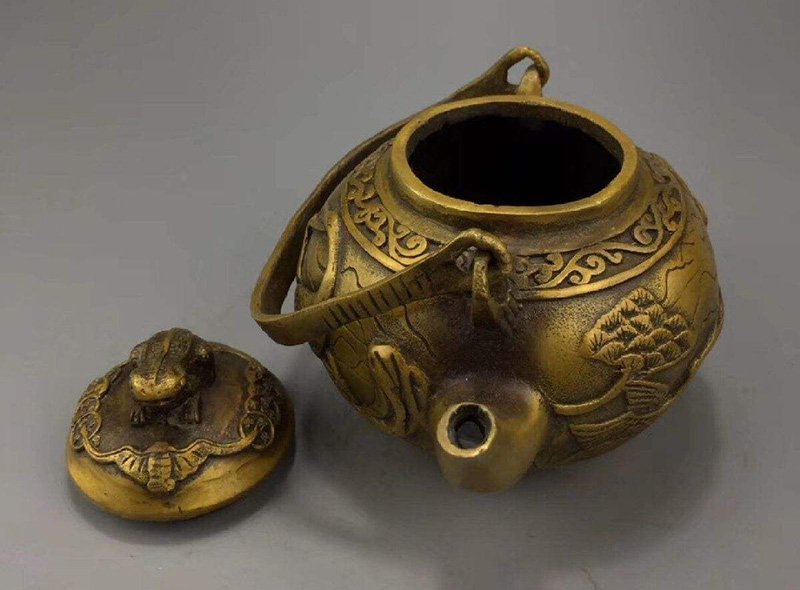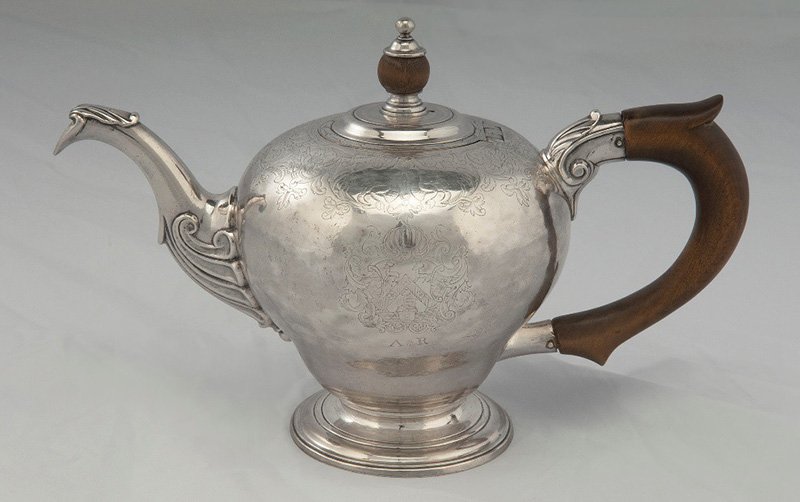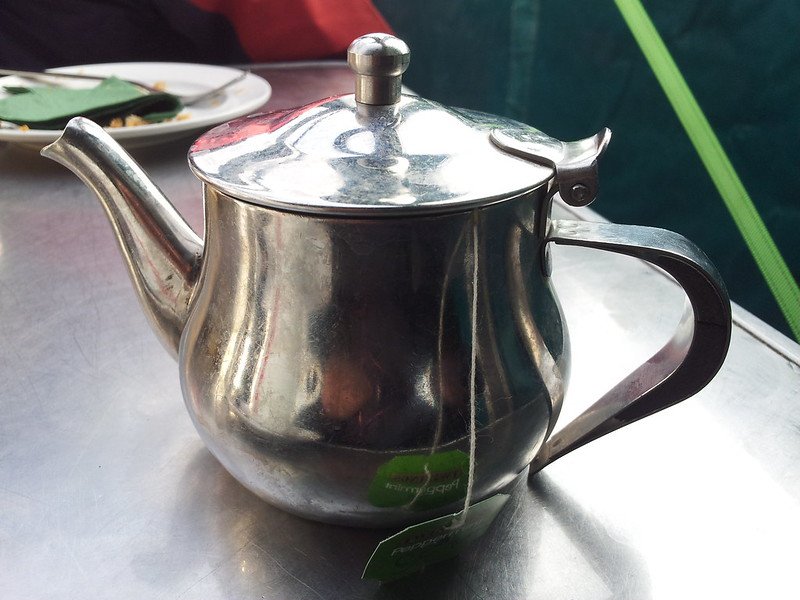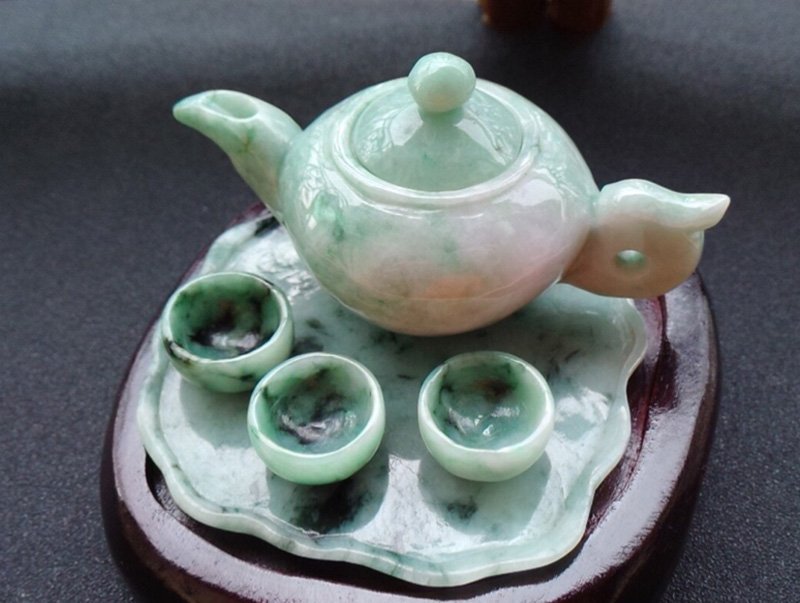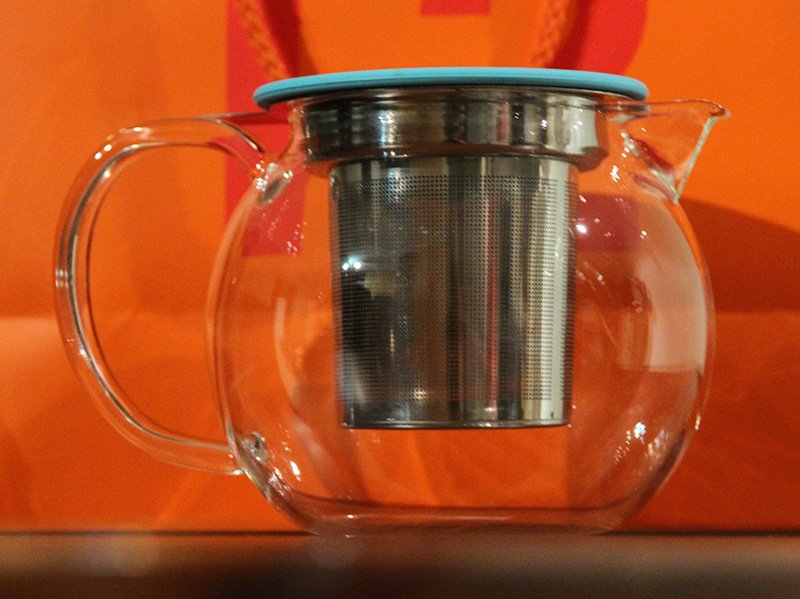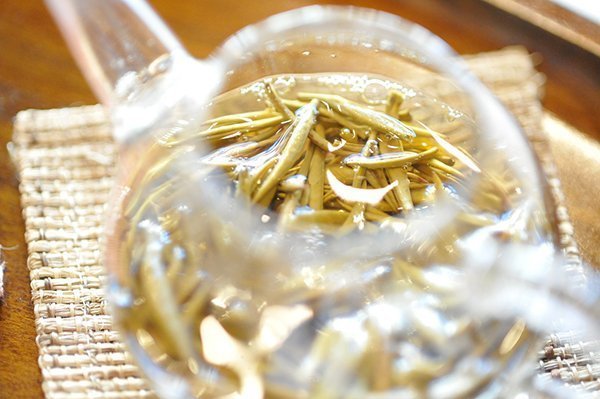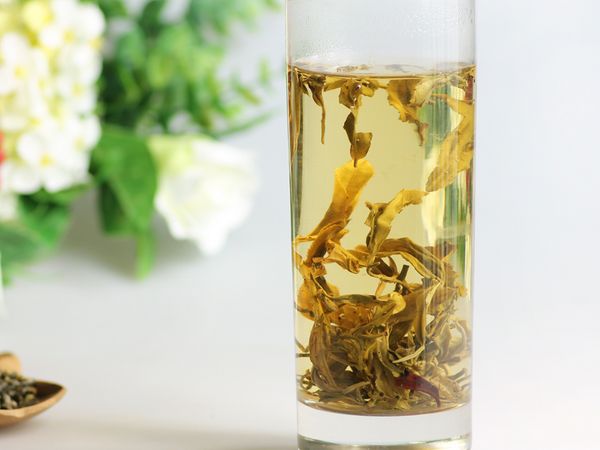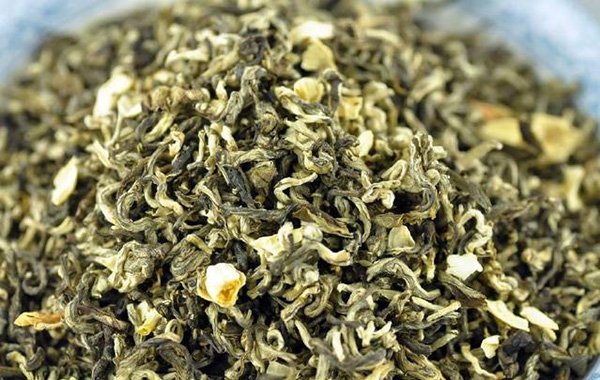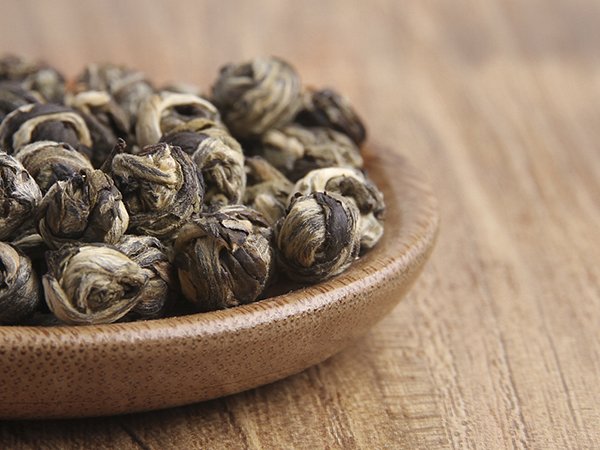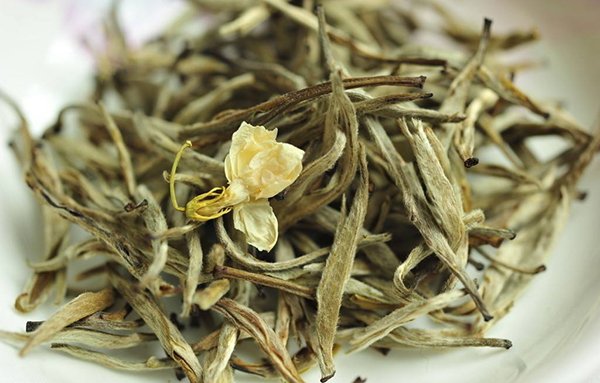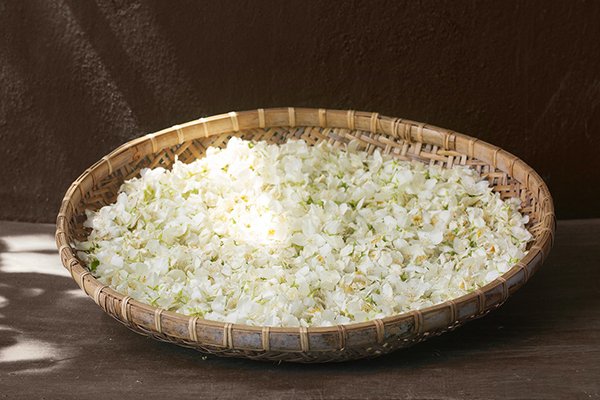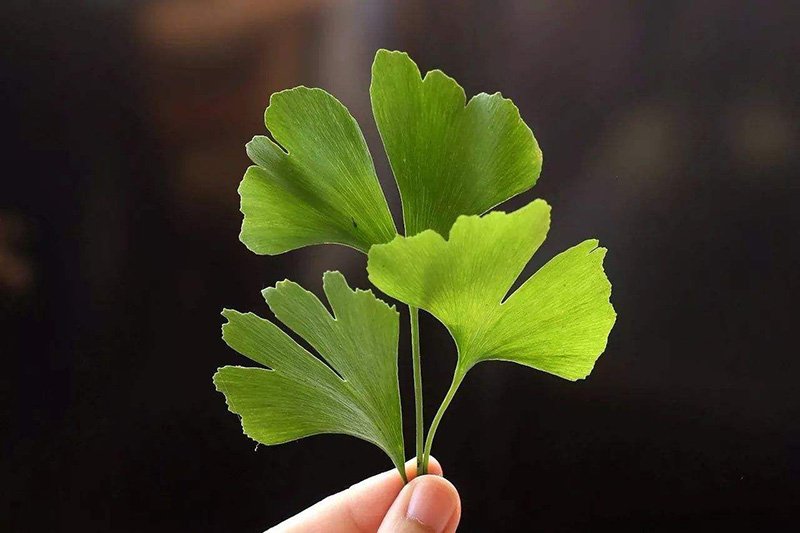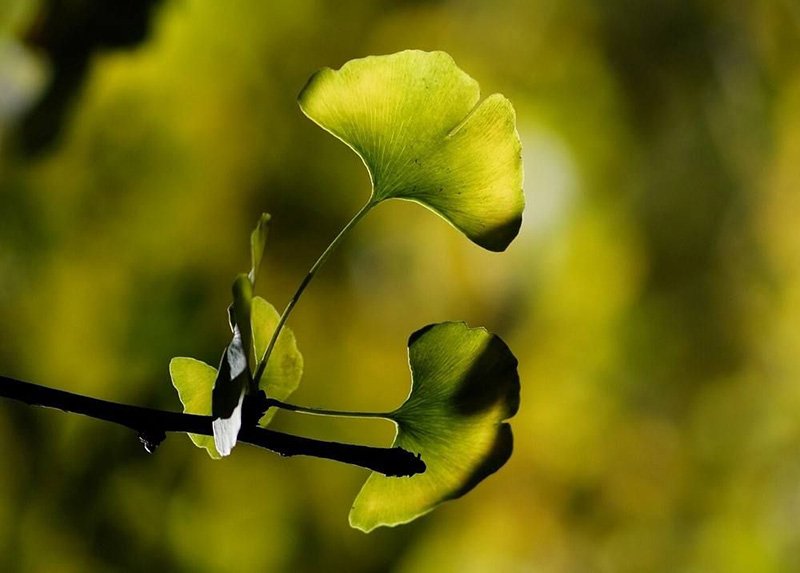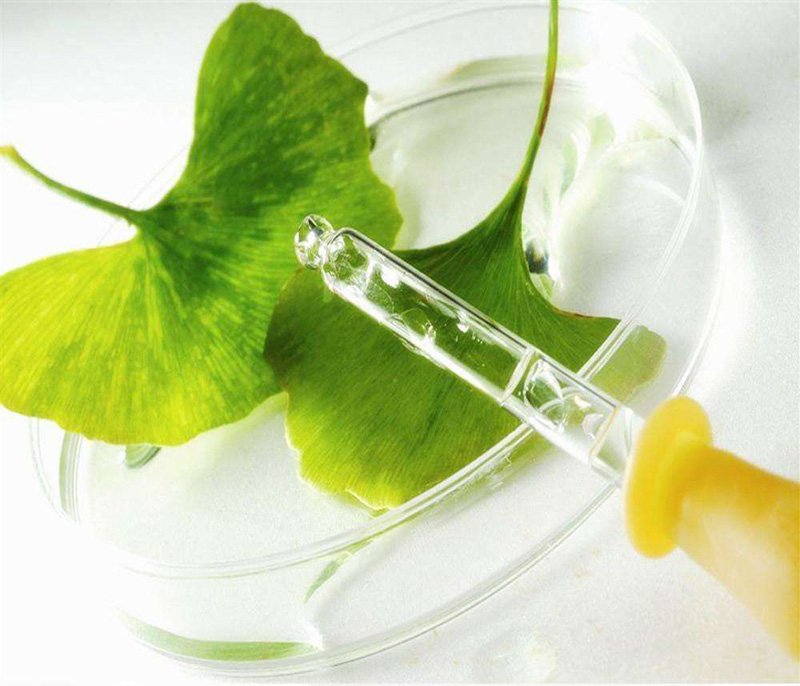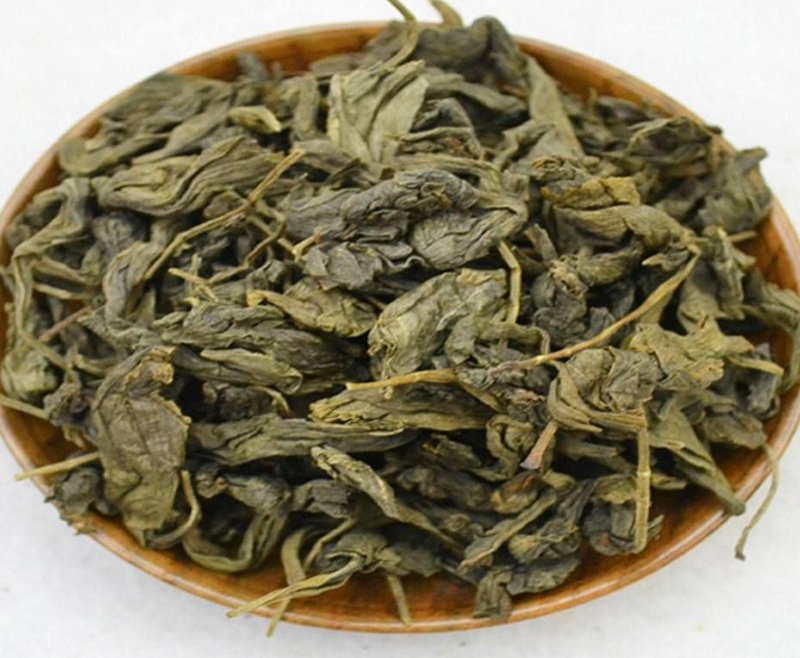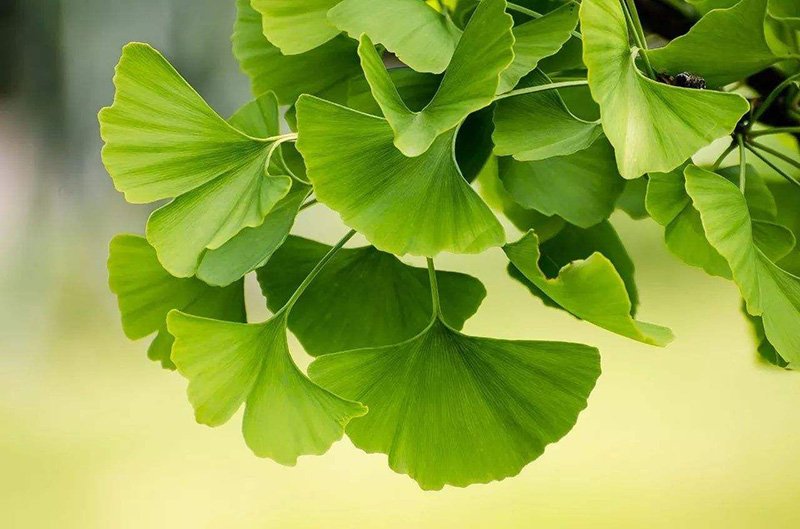Teacups play an essential role in the relationship between drinkers and tea. No matter just make tea bags with a mug simply or make tea follow the traditional tea ceremony, in the end, you need a teacup for the tasting.
Even though you only need dozens of seconds to finish drinking, but in such a short time, different teacups can bring you different experiences because they took a significant influence on the tea in them.
How Teacups Influence The Tea Quality
Temperature
The temperature always the most significant factor that influences the tea quality, except for the tea beverage in Starbucks or cold-brew tea. Most of the time, I prefer hot tea. Hot tea(or warm tea) can maximize the fragrance of the tea. After the tea cools down, the scent will lose, and the taste will go bad due to the tea polyphenol oxidation.
Teacups influence the tea temperature in 3 aspects:
- Opening size. Teacups usually without lids, the size of the opening determines the contact area between the tea and the air. The bigger the opening, the temperature of tea will cool down faster.
- Material. When beginning to make tea, teaware has to been pre-heat. Teacups made from different materials have different retention times of heat after pre-heating. The cup with poor insulation performance will speed up the cooling speed of tea.
- Capacity. The teacup with large size, the tea temperature will cool down slower, a simple physical knowledge. An English teacup or a mug can keep the tea warm in a long time; in the small Chinese teacups case, tea cool down faster, the design prefers to let people finish drinking quickly.
Fragrance
The bigger the teacup opening size, not only makes the tea cool down faster, but the fragrance of tea loses quicker. In the Chinese tea ceremony, there is a long tube small cup, special used to appreciate the scent of tea, called the Fragrance-smelling Cup. The opening of it is narrow, focus the smell and keep the tea warm, which suitable for the oolong tea tasting.
Concentration
The bigger the teacup, the more tea it fill(of course you can fill little), the higher concentration of the infusion. Personally, I prefer the high concentration of Pu-erh tea, it tastes more mellow, swig feeling good, so I choose a teacup which more than 200ml. But in the green tea case, the high concentration will make the taste getting bitter, once you do not finish it in a short time, the taste getting worse.
Teacups Style
Tea culture originated in China, after the continuous development and dissemination, all countries have formed a special tea consume habits, and the teaware also becomes unique.
Chinese Teacups
As the birthplace of tea culture, Chinese teawares are various and exquisite. Teacups can be classified into dozen types according to the different usage scenarios. All of them have one same characteristic, with no handle. And most of them also made from porcelain and ceramic.
All the Chinese teacups are small, about 30ml. In the Chinese tea ceremony view, tea is for tasting, solving thirst is secondary. When having tea, only use fingers to hold the teacups’ edge and bottom, which makes the action looks more grace. Because of the small size, the tea will not make the surface of cups getting too hot, which avoids burning fingers in the no handle case.
Japanese Teacups
Japanese teacups are similar to the Chinese ones, but most of them made from porcelain, the small amount made from wooden or rock. Different from Chinese teacups, they usually bigger, and the wall is thicker. When drinking matcha, the Japanese even use a tea bowl instead of the cup.
Green tea is the primary type of consumption in Japan so that the water temperature for brewing will not be too hot. Even hold the cup with two hands would not getting burn.
What attracted me a lot is that Japanese teacups have a pretty appearance. The saturation of the color glaze on the surface is high, with the pattern formed naturally during firing, which likeness the nature rock but with a little abstractionism feeling, and each one is unique.
What worthing notice, some Japanese teacups although made from the glazed porcelain, but the surface will get a frosted feeling, not smooth, which is due to the unique special process.
English Teacups
Teawares were introduced into England with tea and developed into English style. The British love black tea much, during the Victorian era, afternoon tea is the primary social way for the aristocracy.
The high-grade English teacups are made from bone China porcelain, the forging master adding the animal bone dush into the clay when firing, to make the porcelain get harder and better light transmittance. But the yield is low in this processing method and the price growth. Until now, the pattern design of English teawares is still dominated by the style of 18ths British royal family and idyllic scenery. Except for making tea, English teawares also good collections and decorations.
Different from the Chinese and Japanese ones, English teacups got a handle and equipped with a saucer. Many people will hold the cups with their fingers through the handle, that is wrong. The traditional using way of English teacup is holding the saucer with one hand, use the thumb, forefinger, and mid finger of the other hand to pinch the handle to hold the cup, the little finger is responsible for the balance. That’s the elegant aristocratic way.
Modern Style Teacups
With the development of the times, teacups design comes to modern style and high-technology. One that impressed me most was a small teacup with double-layer hollow design, which allows for a more unobstructed view of the tea color, and never burns your hand. And some modern style teacup spent much on the appearance design, made it widely different from the traditional ones. Some of them, the color can even switch follow the tea temperature.
Type of Teacups
Just like the teapots, different materials made teacups various performances. In general, tea lovers choose the cup according to the types of tea they are going to have.
Porcelain Teacup
Porcelain is a great invention of China, and the word “China” also has the meaning of porcelain. No matter what style, most of the teacups made from porcelain. Except for the excellent heat resistance, the most attractive is their glazes, and the artistic style of glaze also determines the classification of cups. The smooth surface is also easy to clean.
Clay Teacup
The purple sand teacup is the most famous in the clay teacups, also called Yixing teacup, often use with the Yixing teapot. The surface of it is full of tiny pores, with frosted touch feeling. And these small pores make the purple sand teacups an excellent insulation performance, not only keep the tea warm but also avoid burning hands.
Enamel Teacup
Enamel is a kind of processing technology, the base of it is iron, with a glazed surface. Enamel teacups have both the advantages of metal and porcelain, beautiful and firm. Most of the enamel teacups are tubular, which fits to make tea bags, also can use as a mug for making coffee.
Glass Teacup
The glass teaware is always beautiful and at a reasonable price. The outstanding plasticity makes it in various shapes and sizes. A big glass teacup can use for making tea directly, especially for herbal tea. And the small one also suitable for use in the tea ceremony because it is transparent, making it possible to observe the tea color clearly to judge the tea quality, so the tea lovers love it. A kind of small glass teacups is popular now, which with double-layer hollow design, excellent in the insulation performance, would never burn your hands.
Plastic Teacup
The plastic teacup is unpopular in tea lovers. Because of the plastic will give off an unpleasant smell when heated, and affect the tea quality a lot. These smell even may com from some harmful chemicals. Some inferior products may use transparent plastic to pretend to be the glass teacups for sale, take care when buying.
How To Pick The Right Teacup
Since we know the significance of the teacups, it seems worth to spend time on choosing the right ones. When you are tangle what kind of cups to buy, here are 4 tips for you.
- Size. It is the factor you should always consider first. Choosing the teacup size according to the type of tea you are going to make. Green tea and white tea should finish drinking in a short time, that the small size at about 50-80ml is fit. And for herbal tea, the bigger size may be better, because most of the herbal tea will not lose the scent or turns bad taste under oxidation, even the cooler, the better.
- Thickness. If you are going to pick Chinese or Japanese teacups, the thicker wall may be more friendly to the newbie, because of all of them without a handle. The thick wall brings better insulation performance, avoid to burn hands.
- Top and bottom. The opening of the teacups influences the tea cool down speed and the fragrance losing rate. In Chinese teacups, some of them even classified according to the opening size, choose a suitable one. Except that, you should check the top whether it is flat, upside-down the cup and shakes with your finger on the bottom, to see whether it is waggle, then check the bottom in the same way.
- Quality. Except for the enamel teacups, all the others are fragile. Check it carefully whether there are cracks on the body when buying. If there are some small cracks on the porcelain and glass cups, it will break when pouring the hot tea in, and also some ugly tea stain will be left in it. Even in the enamel cups case, once it got some cracks, the glaze may peel off and make the iron inside rust.
